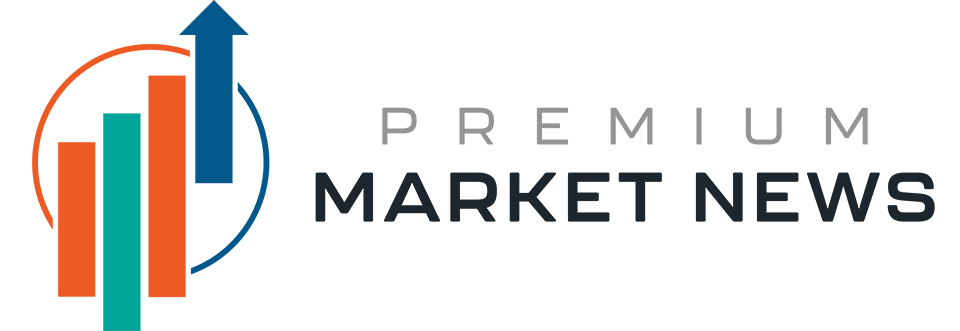Advertisement
- BofA is watching how the tech-heavy Nasdaq 100 is trading against the S&P 500.
- It says a decline in the ratio between the two indexes could signal the end of the “US exceptionalism” trade.
- The measure is currently hovering near its highest level since 2000.
The Nasdaq 100 is trading a level relative to the S&P 500 that could be dangerous for a key US trade if the ratio between the two deteriorates, Bank of America says.
The relative performance of the Nasdaq versus the S&P is stronger than it was even during the 2000-era dot-come bubble. But if the tech-heavy index declines against the S&P below that 2000 peak, it could spell trouble, strategists led by Michael Hartnett wrote.
Advertisement
“Watch NDX/SPX, as crack below 2000 high catalyst for rotation from ‘US exceptionalism’ trades,” they said.
Bank of America Global Research
Investors have poured money into the tech-concentrated Nasdaq throughout 2024, targeting names involved with emerging artificial intelligence tech. But now, with US stocks at a 75-year high versus the rest of the world, BofA predicts that the “US exceptionalism” theme is headed for a cyclical peak.
As US financial conditions are likely to tighten, traders in the first quarter will increase allocation to international markets in Asia and Europe, the note said.
Advertisement
Among these, BofA expects China to outperform in 2025. Though Chinese tech stocks have been “unloved” their 26% year-to-date performance is pacing 34% gains made by US tech.
It isn’t immediately clear if this puts the S&P 500 on track for fallout, as analysts expect the benchmark index to either surge or drop by double-digits in 2025.
That all depends on the Treasury market — falling bond yields will amount to a “secret sauce” that can catalyze further equity gains.
Advertisement
On the flip side, higher yields mean a big reversal. BofA strategists predict that rates will move further up, as the bond market adjusts to an incoming “inflation boom” and lower interest rates, capping risk assets in the early part of 2025.
“We are buyers of Treasuries above 5%…triggers asset losses/growth slowdown,” the bank said.
